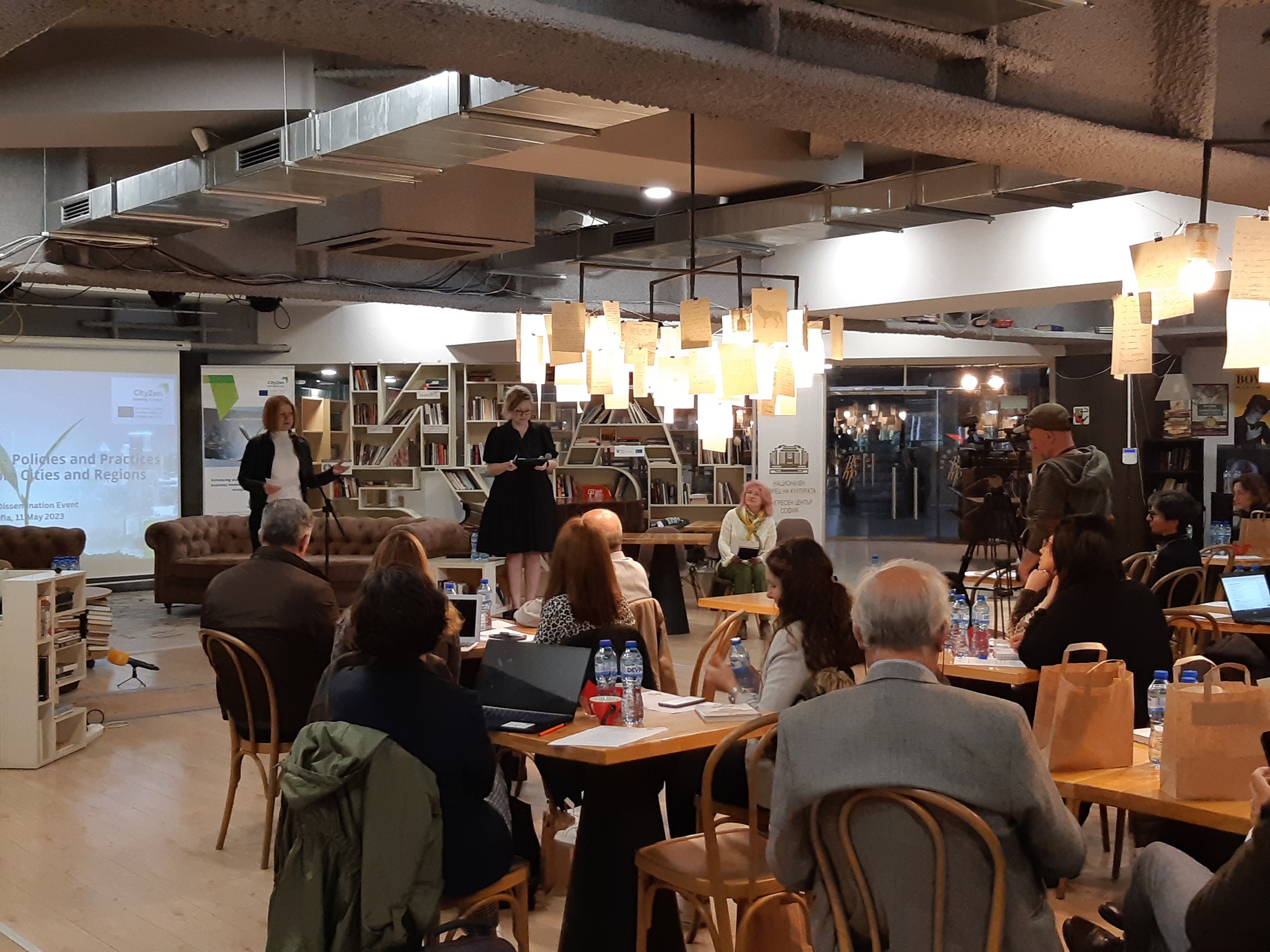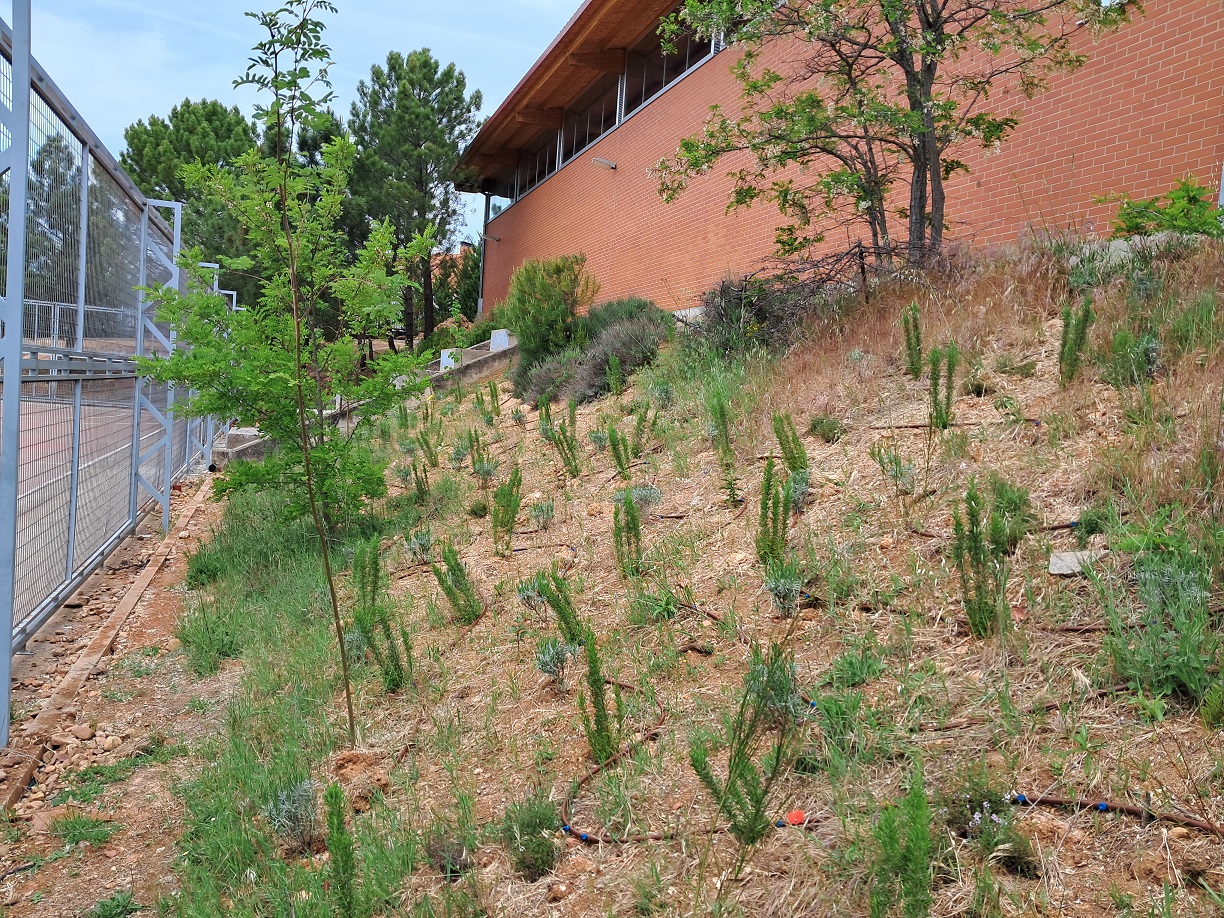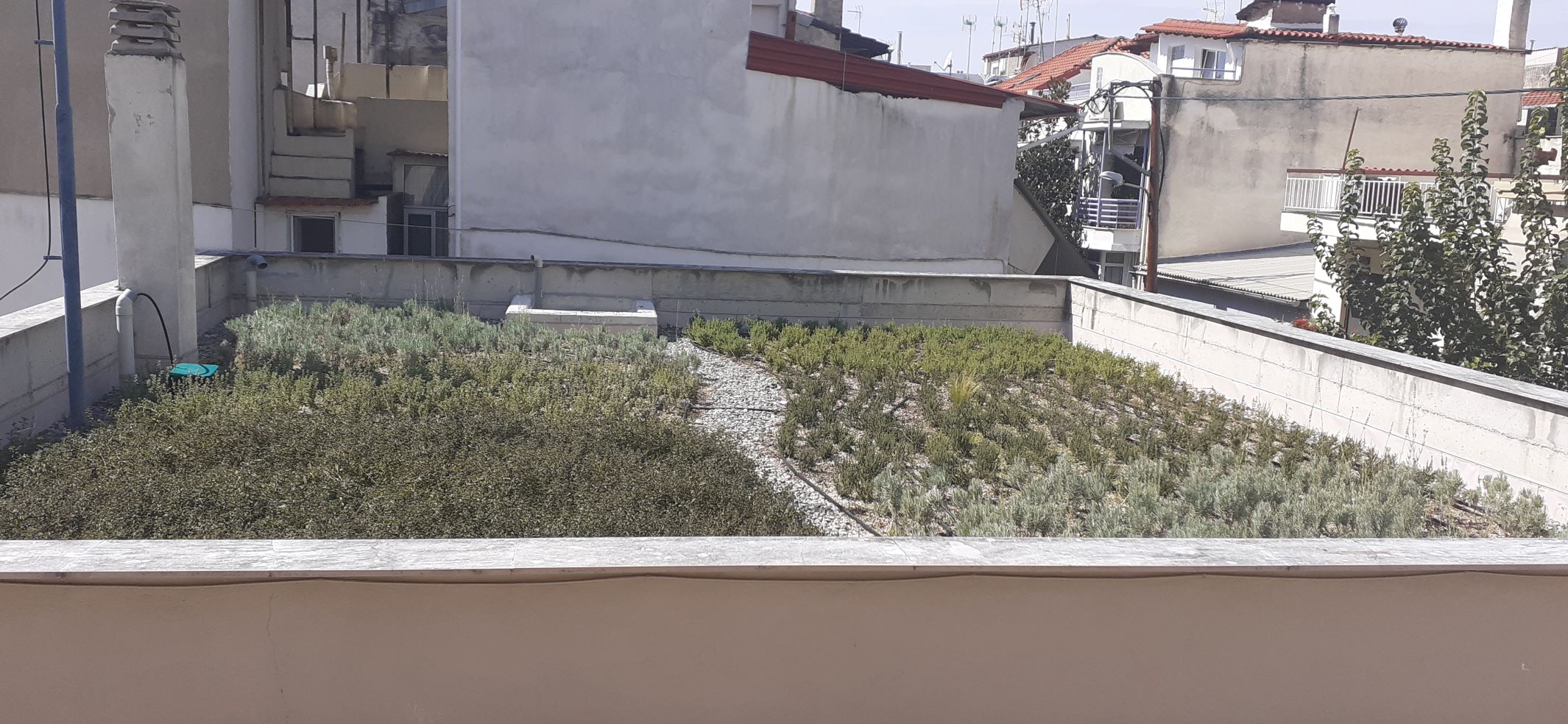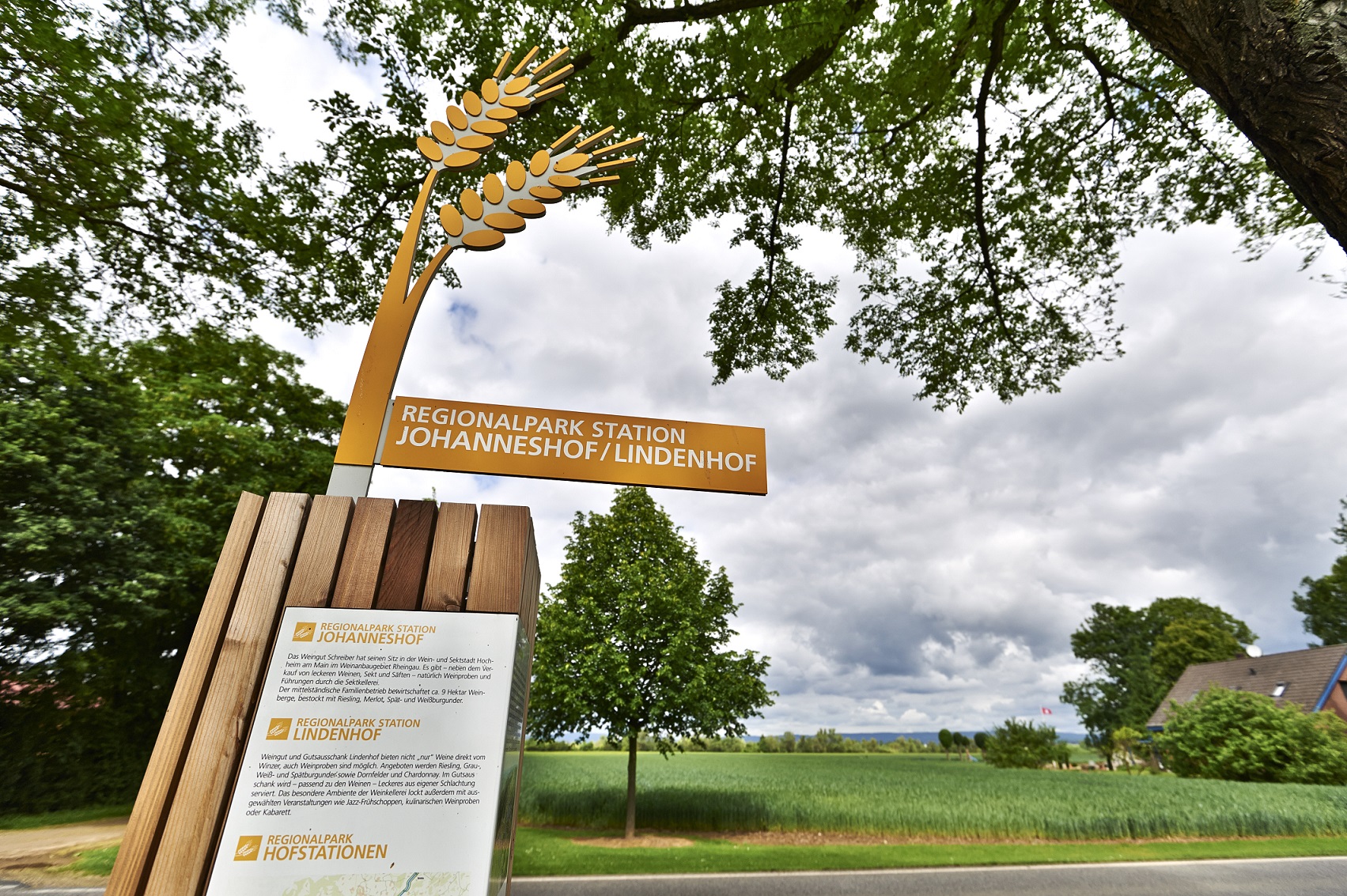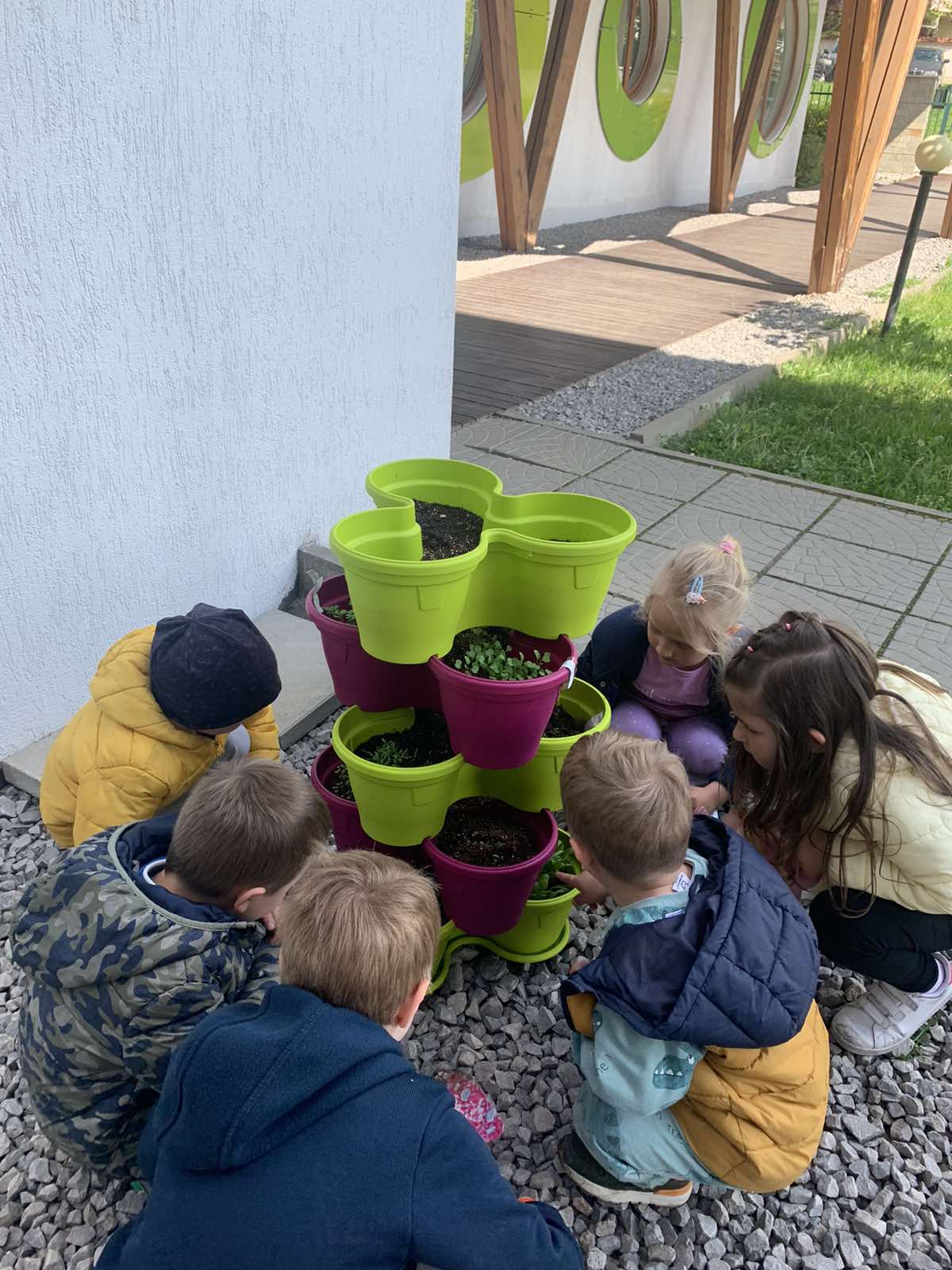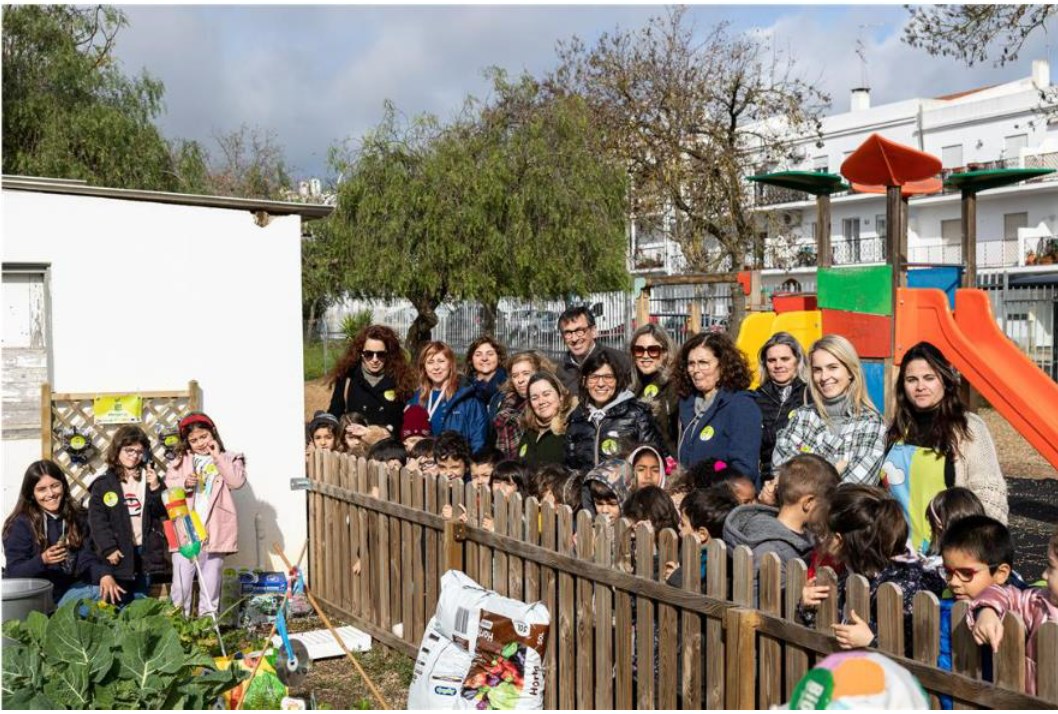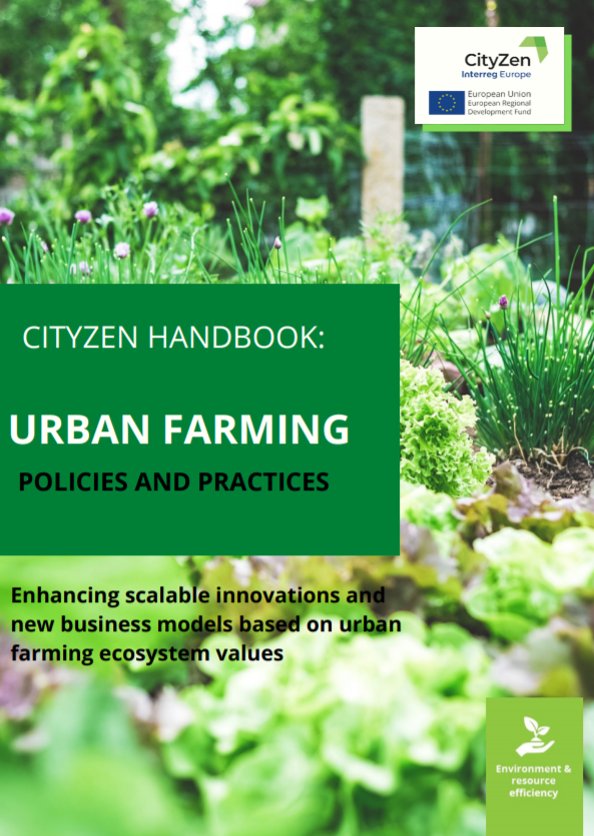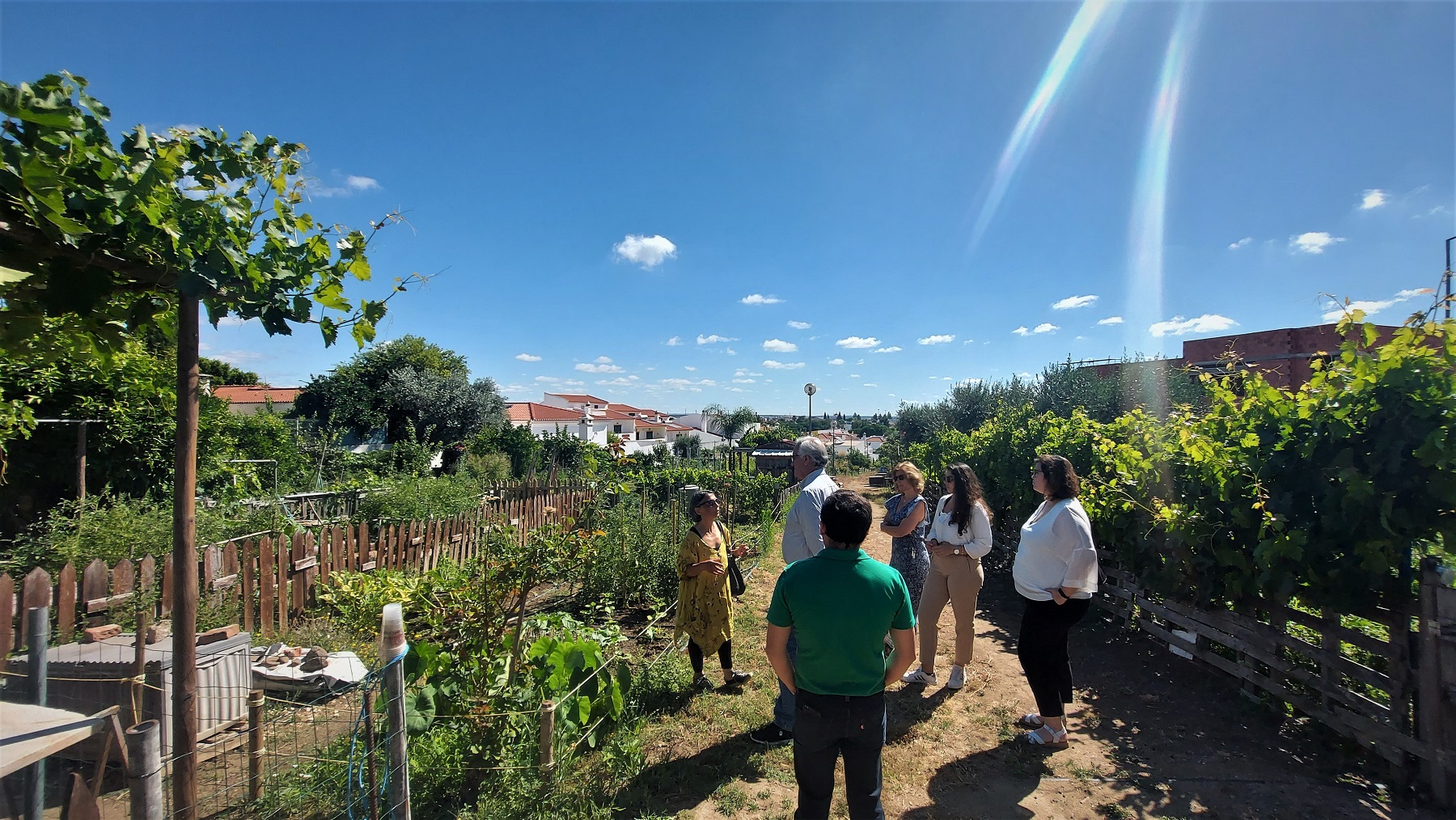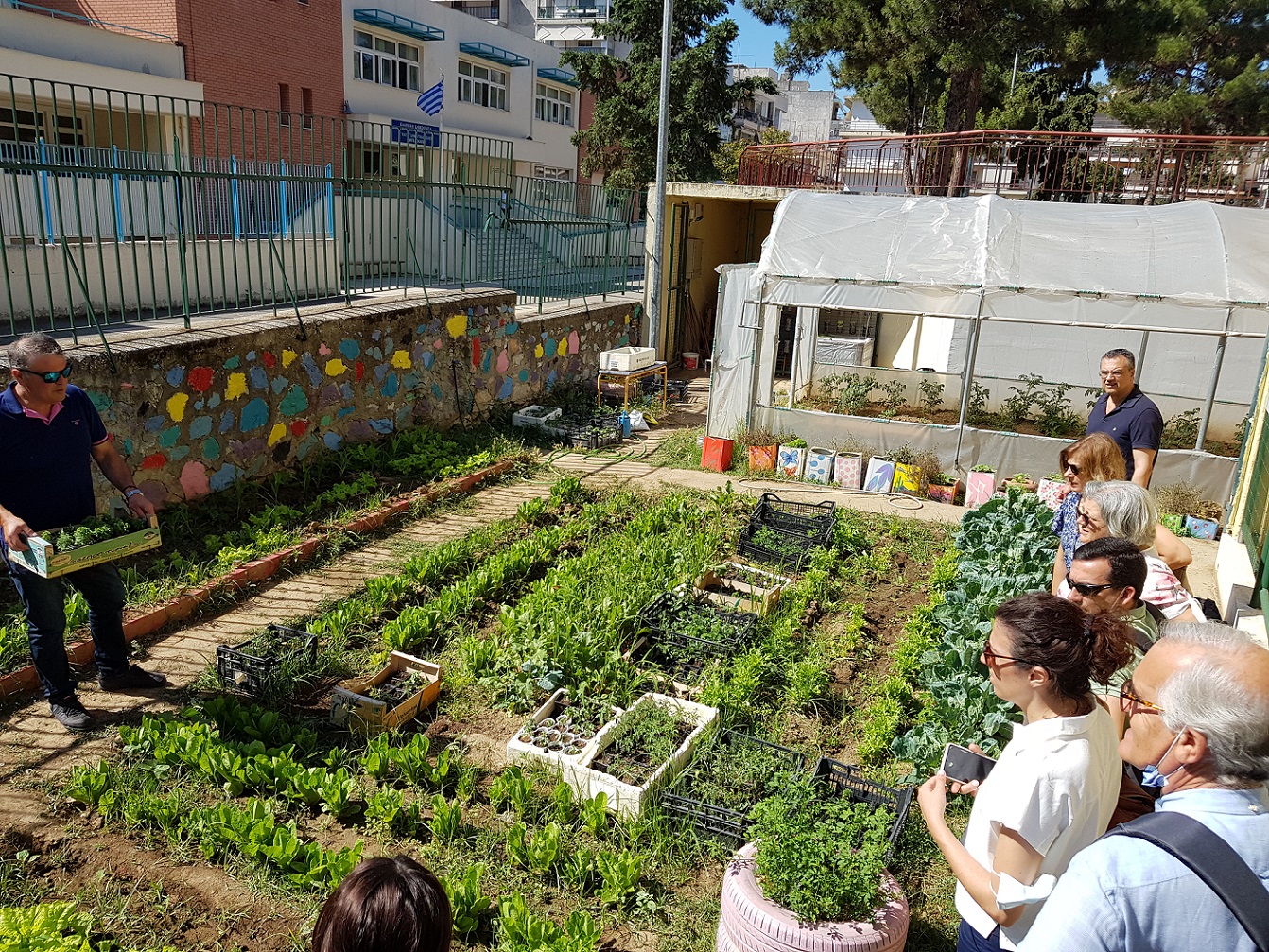Urban agriculture and food production are an innovative tool to increase citizens' awareness of a healthy diet or to increase social inclusion. However, in most cases urban agriculture initiatives developed in the last years did not have enough potential to create a relevant impact on food consumption in cities and the value of its ecosystemic services and its relationship with climate change have not been integrated.
Urban farming in EU Strategies
To answer to these challenges, the Milan Urban Food Policy Pact was signed by more than 100 cities in 2015. An agreement to develop sustainable and resilient food systems, aimed to provide nutritive and accessible meals to everybody, to protect biodiversity and to fight food waste.
The EU Urban Agenda (Amsterdam Pact) addresses issues related to the role of urban agriculture, such as sustainable land use and nature based solutions, in addition to other priorities such as adaptation to climate change, air quality, circular economy and poverty elimination. In this context, the European Commission launched the Food 2030 initiative, and the H2020 work programs have consequently included research in urban agriculture (H2020-FNR2020) and the development of new business models based on it.
At the same time, in the frame of the Green Deal, the European Union has approved an EU Biodiversity Strategy for 2030, which aims to reintegrate nature in our daily lives. Urban agriculture is recognised in the EU biodiversity strategy as an important tool for urban and peri-urban greening and to stop the loss of biodiversity in cities. It suggests determinant action to promote healthy ecosystems, green infrastructures, and nature-based solutions which should be systematically integrated in city planning, making a call for European cities to come up with ambitious urban greening plans under a Green City Accord.
Finally, urban farming also contributes to the EU Pollinators Initiative (COM (2018) 395 final. It remarks that the role of urban and peri-urban areas to support pollinator habitats is increasingly recognized. Public and private spaces such as parks, gardens, green roofs, and green walls are useful as refuge for habitats of pollinators and ‘transition points’ that allow these species to move and disperse throughout urbanized areas.
The Orchard Schools, Valladolid
Considering the importance of the European policies above, a pilot urban agriculture action has been developed in a primary school (from 6 to 12 years old) in the city of Valladolid (CEIP Cristobal Colón): the orchard schools. In the framework of the INTERREG POCTEP project 'ENERUSER', the specific program for the plantation of fruit, nut and berry trees and shrubs was developed to improve biodiversity, air quality, student social inclusion, healthy diet patterns and to decrease truancy.
This systemic solution will be part of a food educational program put into force with the participation of pupils and teachers. The plantation has been set up in the schoolyard of the centre, providing better air quality for the school and the surrounding neighbourhood.
A total of 19 fruit trees (almond, plum, apricot, cherry, acerola cherry, hazelnut, walnut trees) and 10 autochthonous tree species have been planted in the playground of the Cristóbal Colón school. As well as a total of 51 blueberry shrubs have been interspersed within the fruit trees. This work also includes the establishment of 150 m² of compost combined with 8 raised flowerbeds (1 m x 0,8 m) where the students will take care of different vegetables.
It is expected that the plantation of this project will take up around one ton of CO² per year. A specific educational program will be started soon to involve students, families and neighbourhood on the project who will also enjoy the harvest.
Picture credit: Cherry tree in the schoolyard of CEIP Cristobal Colón - Patrimonio Natural


